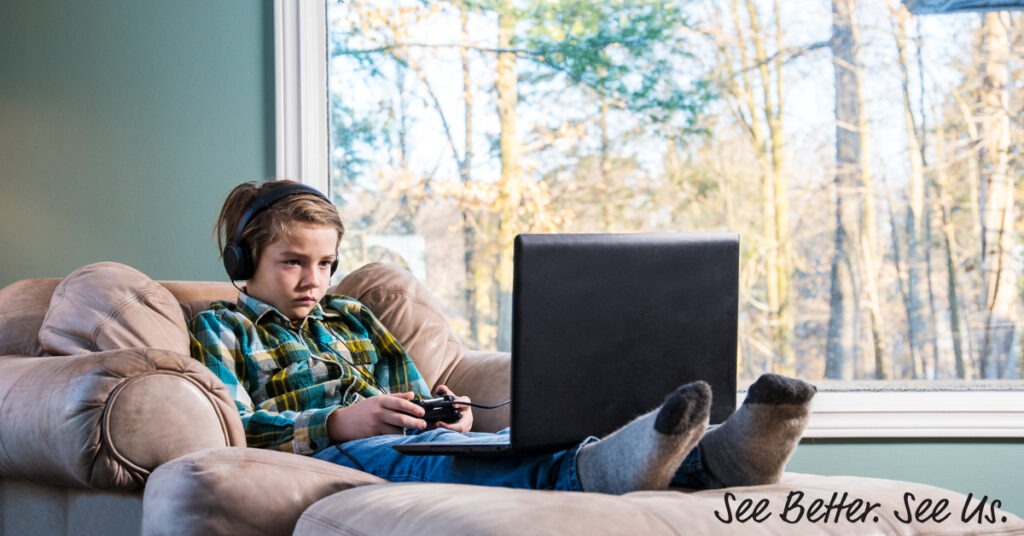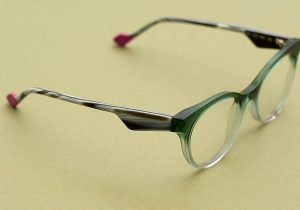Early detection is the key
The most common vision problems experienced by school-aged children are those affecting the ability to see clearly and sharply. They include: shortsightedness (blurred distance vision); longsightedness (difficulty focusing up close); and, astigmatism resulting in blurry vision. Once recognised, these problems are usually easy to correct. Other vision problems may be more difficult to detect, such as a turned or lazy eye, and usally require either treatment or exercises given by an optometrist – it’s always best if these conditions are detected early. Because vision may change frequently during the school years, your child should receive an eye examination every year, or more frequently if specific problems or risk factors exist
Myopia (Shortsightedness)
If your child can see close objects clearly but has trouble focusing on objects in the distance, like reading the board at school, or the scoreboard at thier soccer match, they may be short sighted or have myopia. They may find it difficult to read signs, watch television or recognise their friends until they’re close up. Myopia occurs when the eye grows too long from front to back, causing light to come to a focus in front of the retina instead of directly on it. Myopia typically starts to develop during childhood and can progress gradually or rapidly. The most common symptoms of myopia are squinting, eye strain, headaches and fatigue, yet if caught early it can be corrected with glasses and contact lenses.
Hyperopia (Longsightedness)
Your child’s distance vision is good, but they have trouble with closer objects, which appear blurred. Other symptoms include aching eyes – even headaches – especially after reading or playing video games. Hyperopia (farsightedness), is a refractive error, which means that the eye does not bend or refract light properly to a single focus to see images clearly. In hyperopia, distant objects look somewhat clear, but close objects appear more blurred. If your child has trouble seeing characters on a tablet or hand-held device, it may also be a sign of hyperopia or long sight.
Astigmatism (Irregular shaped eye)
If the curve in your child’s eye is irregular, then their vision may be blurred. This is known as astigmatism. If your eye is shaped more like a football, light gets bent more in one direction than another. That means only part of an object is in focus. Things at a distance may look blurry and wavy. Glasses or contacts can correct almost all cases of astigmatism.
Bulk Billing is available for all children and student comprehensive eye consultations, and we invite parents to book in all children and adolescents for an eye exam so we can help ensure the health of young eyes and assist in maintaining their wellbeing.
Beckenham Optometrist has been operating in Avalon for 20 years and our team is passionate about delivering the most comprehensive level of eye care to the community through a personalised and friendly approach. Beckenham Optometrist can be contacted on 9918 0616 and is located at 15 Old Barrenjoey Rd Avalon.
Your child doesn’t have to put up with blurry vision, and neither do you! See us for a solution today!
Make a Booking








